INTRODUCTION
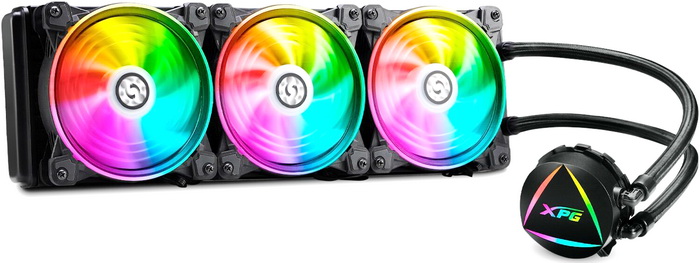
High CPU temperatures is something we've all encountered and is especially important for people with high-end models like the latest Ryzen 7950X/3D and Intel Core i9-13900K series. Now I'm not going to lie, cooling technology (at least in the consumer market) hasn't advanced that much over the past decade or so and that includes both traditional CPU air coolers, AIO (all-in-one) liquid coolers and even custom water cooling kits. Yes, using for example copper instead of aluminum, larger heatsinks and radiators and higher-speed fans and pumps have made a difference but overall i can't say that we've seen anywhere near the same performance jump as with other hardware components. Still even though their cooling performance is all but maxed out tri-fan 360mm AIO models seem to be just enough for even the most demanding consumer CPUs and today with me i have yet another such model, the Levante 360 ARGB by XPG.
XPG (XTREME PERFORMANCE GEAR) was established by ADATA to provide high-performance products to gamers, Esports pros, and tech enthusiasts. We are committed to developing products that deliver extreme performance and therefore work closely with the gaming and esports community to gain insight into the real needs of users. We provide a full range of products from systems, components, peripherals to devices, and create them with the highest standards of stability, reliability, and performance in mind. We also develop products with sheer cool designs that have earned us several prestigious international awards, such as iF Design and Good Design. Beyond products, we play an active role in sponsoring and supporting esports events and teams globally to realize extreme gaming experiences at the highest levels.
The Levante ARGB line of AIO CPU Liquid Coolers by XPG currently includes 240/360mm models both of which are based on Asetek’s 7th generation pump. Typically, the Levante 360 which i have here with me today consists by 4 parts, an 394mm long, 120mm wide and 27mm thick aluminum radiator, two 400mm long nylon braided rubber tubes, high-performance ceramic-bearing pump (with a speed of up to 2800RPM -+10%) complete with top ARGB LEDs and an all-copper base (cold-plate) and three 120mm ARGB PWM fluid dynamic bearing 120mm fans (2000RPM/61.5CFM/34dBA/1.42mmH2O). As expected, both the three bundled 120mm ARGB PWM fans and the top of the pump are fully compatible with 3-pin ARGB motherboards (ASUS Aura Sync, ASRock Polychrome Sync, Gigabyte RGB Fusion and MSI Mystic Light) but if your motherboard doesn't support them worry not since XPG bundles a compact ARGB controller with their Levante series. As for warranty XPG covers their Levante AIO series with a very generous 5-year limited one.
SPECIFICATIONS AND FEATURES

PACKAGING AND CONTENTS
Once again XPG uses a red box to pack their product at the front of which we find a product picture surrounded by the company logo, ARGB compatibility and some of its features.
The product specifications are listed on the left sides of the box.
The size of the radiator is showcased at the rear right next to a fan graph.
As usual with AIO models the entire bundle is placed in several plastic bags and inside a formed piece of cardboard.
Aside the main body of the Levante 360 ARGB (radiator/tubes/pump/waterblock) inside the box you will also find the three 120mm ARGB PWM fans with 3pin and ARGB extension cables, ARGB controller, ARGB adapter cable, backplate, quick start guide, several case stickers and all the necessary screws and mounts for installation on Intel LGA 1150/1151/1155/1156/1200/1366/1700/2011/2011-3/2066 and AMD AM4 (TR4 bracket available extra) compatible motherboards.
THE LEVANTE 360 ARGB
Nothing new in terms of design since the Levante 360 ARGB is pretty much identical to most AIO models in the market today.
At 26.52mm thickness the radiator is not far from the 27mm reported in the specifications sheet.
The radiator used with the Levante 360 ARGB sports an FPI (fins per inch) count of 20.
The 400mm long sleeved rubber tubes are not the longest I’ve seen to date but they should be quite enough for even the largest PC towers out there.
At the top of the pump/waterblock combo we see the company logo underneath which are several ARGB LEDs.
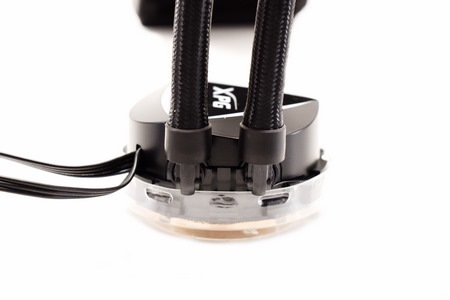
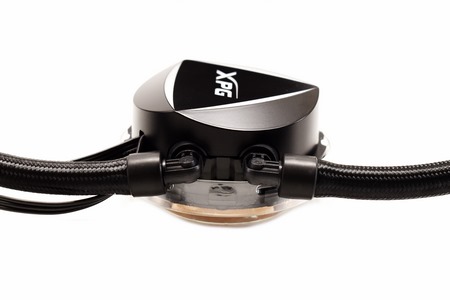 Both tubes can rotate at the base of the waterblock/pump combo to simplify installation.
Both tubes can rotate at the base of the waterblock/pump combo to simplify installation.
XPG ships the Levante ARGB series with a thin layer of thermal conductive material applied onto the copper coldplate.
Since I use my own thermal paste of course I removed it and as you can see there are almost no visible machine marks present.
All three 120mm ARGB PWM fluid dynamic bearing fans have anti-vibration pads on all 4 corners.
With the fans mounted the Levante 360 ARGB now measures almost 52mm in thickness.
TEST BED
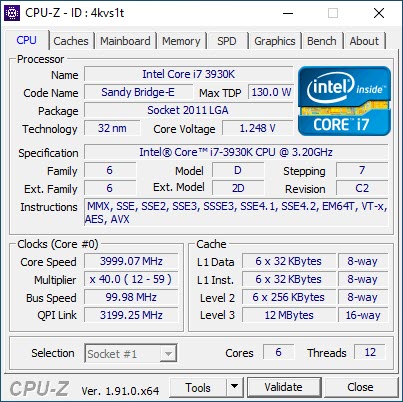

TESTING METHODOLOGY
Testing complete water cooling kits or individual radiators is no different than testing CPU Coolers and since i want all of you to be able to compare similar products, i created new and separate charts (you can still cross-compare results however since we are using the same test rig). So once again single (120/140mm) watercooling solutions are tested with the radiator mounted at the rear of the test rig while dual/triple/quad (240/260/280/360/420/480/560mm) solutions with the radiator mounted at the top. For the dBA tests complete water cooling kits or radiators with bundled fans are measured both while on idle mode or with the fan controller in the minimum setting and while on extreme load or with the fan controller all the way to the highest possible setting (PWM fans do that on their own without our intervention). Every single test takes place in a temperature controlled room of 23 degrees Celsius Ambient Temp with the help of two AC units placed diagonally inside that said room. Finally, much like when testing CPU Coolers, it's very important to point out that just because a water cooling kit outperforms another when tested with my test rig (when i test complete water cooling kits) that does not necessarily mean that the same performance differences will apply 100% for other CPU models and in other situations (such as different ambient temps and system configurations).
To successfully record the load temperatures, I’ll be using the latest OCCT application for around 6-10 minutes to push the processor to its limits and after that is done and the temperatures are recorded, I’ll wait for about 10-20 minutes for the CPU to cool down and record idle temperatures. This is done to allow time for the thermal conductive material to achieve the optimal performance level. Same procedure is then repeated with the Passmark BurnIn Test as a failsafe just in case the OCCT results are wrong. This procedure takes a lot more time than the usual peltier/thermometer tests but this way not only can i deliver real world results to all of you based on real CPUs but i can also triple check the results using a variety of programs. Last but not least the temperatures were recorded using both the latest versions of AIDA64 and RealTemp while the noise level tests (when fans exist in the bundle) are performed using a high precision ExTech HD600 Decibel Meter placed about 10-15cm above the radiator. Still although the same testing procedure applies to all units do take into consideration that unlike the official numbers which are measured in special noise isolated labs with just the fans here, we also have both the rest of the cooler and the rest of the system (although all system fans are turned off when recording noise levels).
TEST RESULTS

 ………..
………..
CONCLUSION
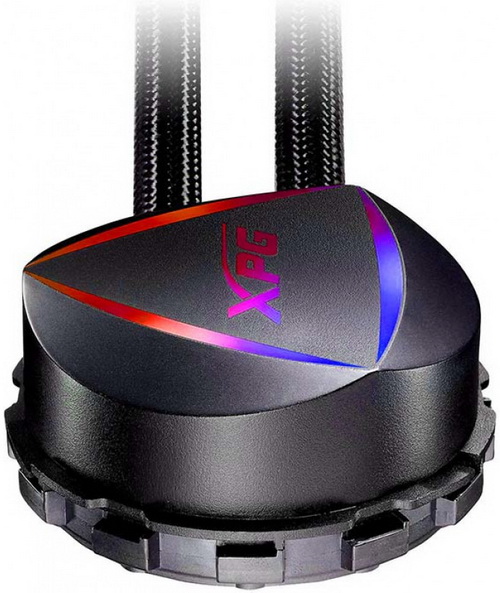
The Levante ARGB line of AIO CPU liquid coolers was announced roughly 3 years ago so it’s not among the latest models to hit the market. Of course, this also applies to Asetek’s 7th generation pump which has been since replaced with their 8th generation model. Still as you can see from the charts the Levante 360 ARGB does quite well not only in terms of cooling efficiency but also noise levels. Unfortunately, the bundled fans don’t produce the same levels of airflow and static pressure as with many other fan models used with AIO coolers so cooling performance is not quite on par with what I was expecting, always compared to similar size models (and even some of the latest 240mm models).
At the time of this review the Levante 360 ARGB AIO CPU Liquid Cooler by XPG retails for USD178.89 inside the USA (Amazon.com) and for around 190Euros inside the EU so it’s not exactly affordable, not for a 3-year old model. So even though even 2 years ago I’d had highly recommended the Levante 360 ARGB to all of you reading these lines right now I can’t and the reason is simple, there are far too many AIO models in the market currently that either perform roughly the same but cost less or perform better and cost roughly the same. Still if you are able to find the XPG Levante 360 ARGB at a bargain price (it seems XPG is slowly discontinuing it) then why not, I do think it’s worth checking out in that case.
PROS
- Build Quality
- Good Cooling Efficiency
- 400mm Long Sleeved Rubber Tubes
- ARGB Pump / Fan Illumination
- Easy Installation
- Bundled ARGB Controller
CONS
- Overall Performance (Compared To Newer Models)
- Current Availability (EU)
- Price (For Some)
- Compatibility (360mm AIO)

 O-Sense
O-Sense





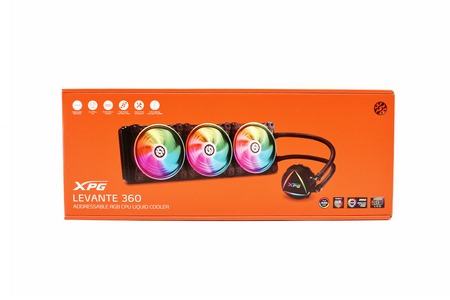
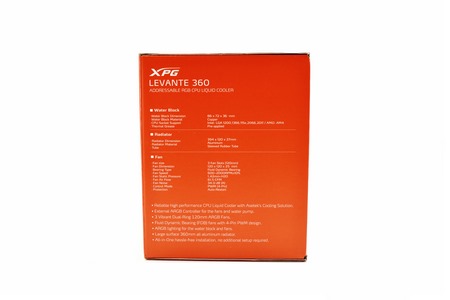
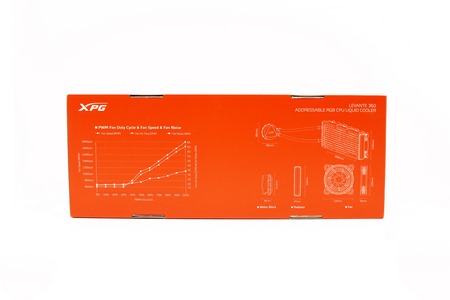
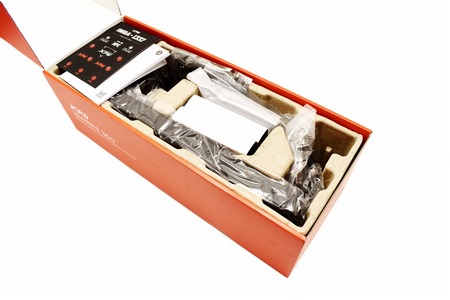
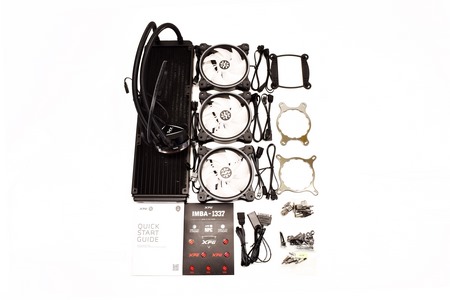
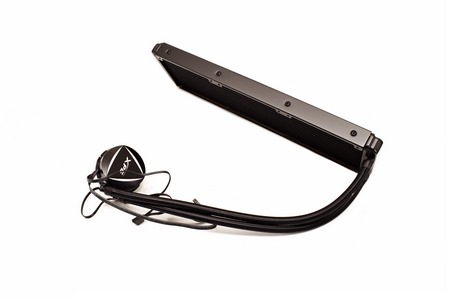
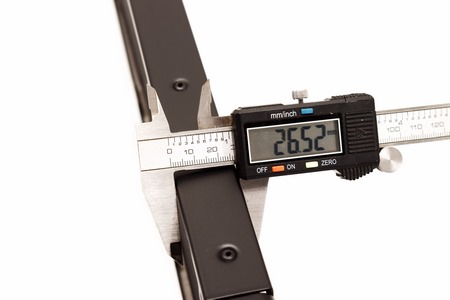
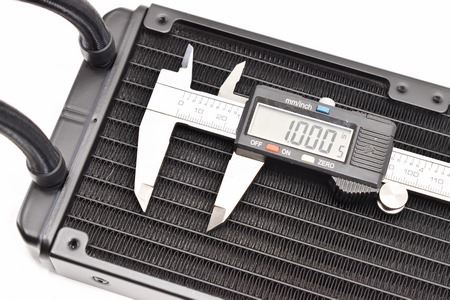
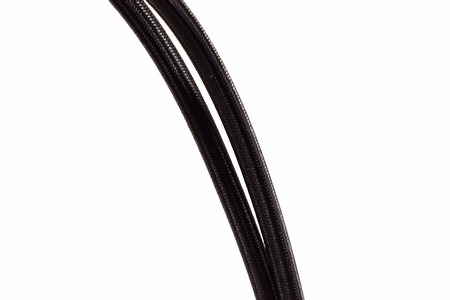
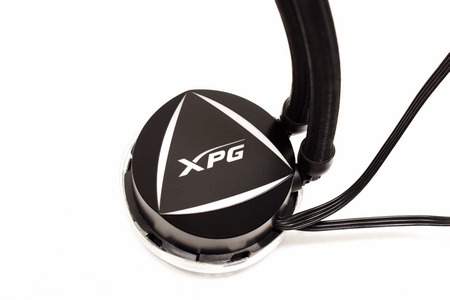
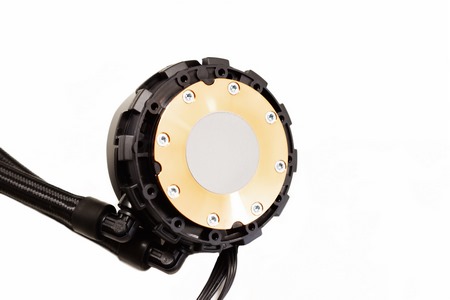
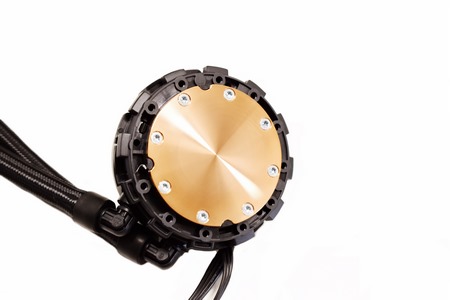
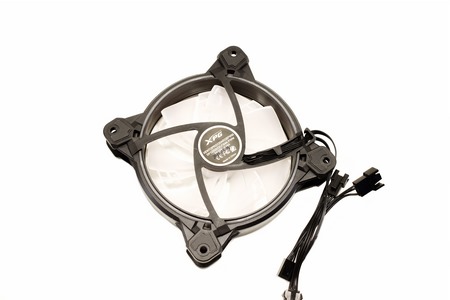
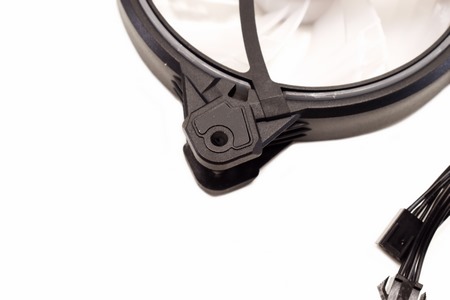
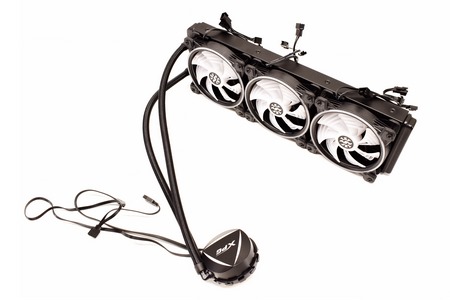
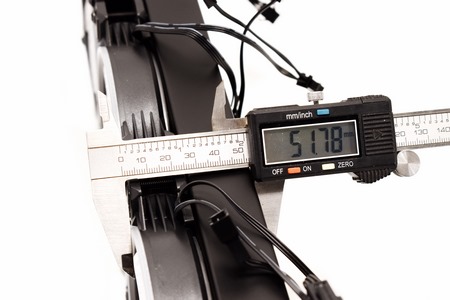


.png)

